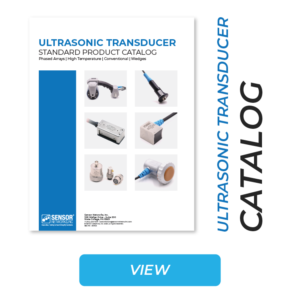ZIP
Zero Interface Probes
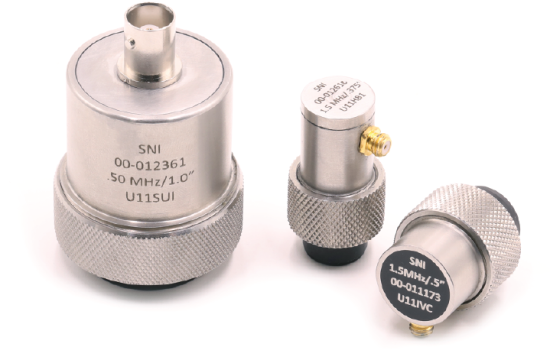
ZIP Transducers
Technology & Features
Resources
ZIP Transducers
Part Numbers
Processing...
| Frequency (MHz) | Element Diameter | Part Number | Delay 5-PK | Delay 5-PK | |||
|---|---|---|---|---|---|---|---|
| inch | mm | PN | .375″ (9.5mm) Tip | .5″ (12.7mm) Tip | |||
| 0.5 | 1 | 25.4 | 00-012361 | 01-013488 | 01-013544 | ||
| 1.5 | 0.375 | 9.5 | 00-012616 | ||||
| 0.5 | 12.7 | 00-011173 | |||||
Case Dimensions
Processing...
| Element Diameter | A | B | C | ||||||||
|---|---|---|---|---|---|---|---|---|---|---|---|
| inch | mm | ||||||||||
| 0.375 | 9.5 | 1.40 in. | 35.6 mm | 0.46 in. | 11.7 mm | 0.75 in. | 19.1 mm | ||||
| 0.5 | 12.7 | 1.24 in. | 29 mm | 0.63 in. | 16 mm | 0.87 in. | 22.1 mm | ||||
| 1 | 25.4 | 1.70 in. | 43.2 mm | 1.04 in. | 26.4 mm | 1.45 in. | 36.8 mm | ||||
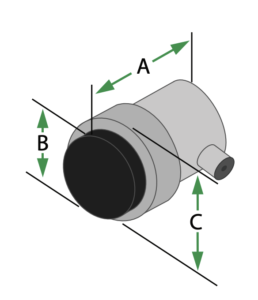
Technology & Features
ZIP Delay-Line Transducers
Zero-Interface Probes (ZIP) are low-frequency delay-line transducers designed to inspect composite material. The special delay lines used are acoustically matched to the composite material which allows for a zero-interface signal, more efficient energy coupling & transmission, and increased near-surface resolution. Replaceable delay lines are available in packs of five.
ZIP probes are special delay-line contact probes that are single-element longitudinal -wave (straight beam) transducers designed for the detection of near-surface flaws and thickness measurement of thin cross-section materials.
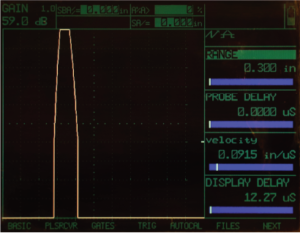
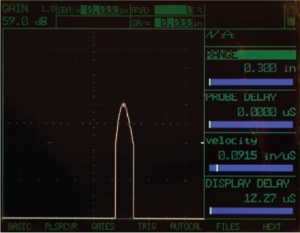
Left: Echo of a ZIP Delay; Right: Backwall echo from a 0.14″ (3.6mm) composite component with ZIP
Typical Applications
- Inspection of composite materials
- Thickness measurement
- Inspection of thin materials
Resources

